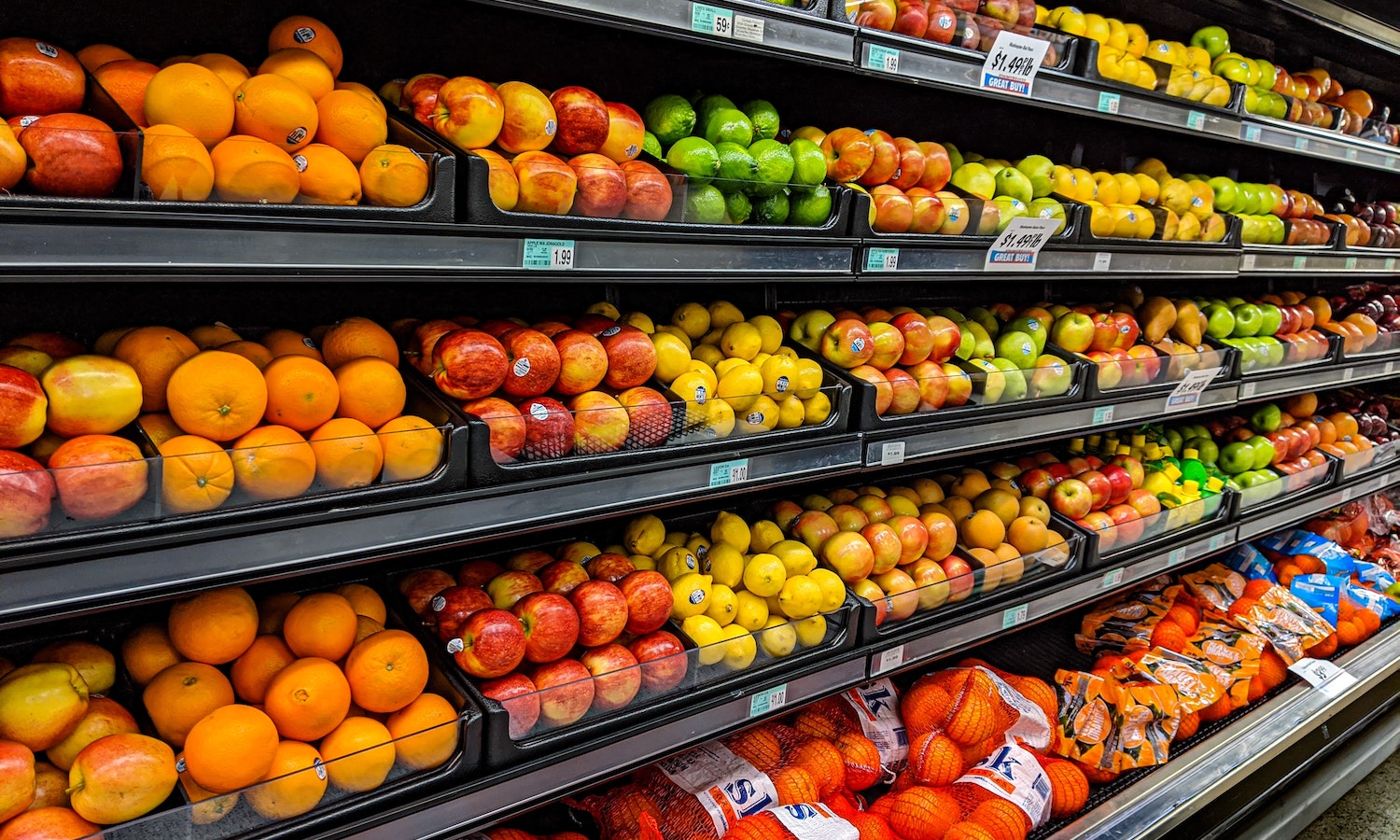Healthy Eating Research (HER) recently released research that aims to understand the strategies that best increase consumer demand for healthier products. The report, A National Research Agenda to Support Health Eating Through Retail Strategies, highlights ways to encourage better health through food choices. HER also released a journal review to accompany the report, which appears in a special issue of the International Journal of Environmental Research and Public Health.
“Food retail is a key setting that influences the diets and health of children and families. Yet the healthfulness of foods and beverages available in retail food stores differs widely across the U.S.,” Kirsten Arm, MPH, RDN, a research analyst at HER tells Food Tank. “This is a sector where industry has a large role to play in improving the availability, accessibility, and affordability of healthier products meeting nutrition recommendations.”
The research agenda report defines key research questions and areas for future research. And the nine papers in the special journal issue examine the importance of researching strategies that promote healthy eating. Both help to outline next steps for research and implementation for healthier habits in the grocery store.
HER, a national United States research program of the Robert Wood Johnson Foundation (RWJF), identified a need for a national research agenda in 2010. This was done in collaboration with the Center for Science in the Public Interest (CSPI), the Johns Hopkins Bloomberg School of Public Health, and The Food Trust.
The research agenda report “outlines 10 key issue areas that emerged as priorities for future research–five focus on understanding the current food retail environment and consumer behavior and five focus on assessing implementation and effectiveness of interventions and policies,” says Arm.
These include understanding the food retail environment, consumer shopping behaviors, targeted food marketing, and food retail design layouts. Assessment areas included leveraging the Supplemental Nutrition Assistance Program (SNAP), limiting unhealthy food establishments, and addressing social determinants of health.
One of the papers in this series, “Healthy Food Retail during the COVID-19 Pandemic: Challenges and Future Directions,” highlights the societal shift in grocery shopping. It notes the national increase in home-food preparation, online grocery ordering, reliance on charitable food distribution, and reductions in food supply chains.
“By using a model to describe the impact of the pandemic, the authors were able to identify potential strategies to help build a more equitable retail food environment,” Arm tells Food Tank.
These approaches include centering under-resourced community members, addressing accessibility issues for SNAP and Special Supplemental Nutrition Program for Women, Infants and Children (WIC) recipients, understanding consumer online purchasing behaviors and the role of online marketing, and supporting sustainable, diverse, business models.
Two research teams from HER also analyzed the effectiveness of government policies and in-store pilots in promoting healthy eating already in place. They find increasing access to healthy food products and using financial incentives for fruits and vegetables improve dietary behaviors. In addition, the researchers note that promotions like direct labels and food samples, as well as taxing sweetened beverages are also successful.
HER hopes that by showing effective initiatives and highlighting areas for new research and retail interventions, more collaborative relationships and partnerships will develop between retailers and researchers.
“Improving the retail food environment through [policy, systems, and environment] strategies is one piece of the puzzle in the long-term goal of ensuring all children, especially lower-income and racial and ethnic minority population groups, have equitable access to healthy food,” Arm tells Food Tank.







